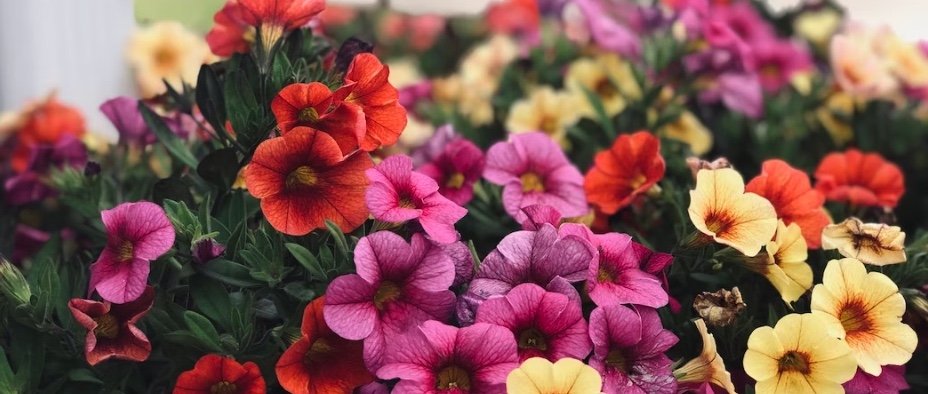We have a lot to learn about what pollinators like and need. We’ve been guessing, and like that Norwegian uncle who turned out to hate lutefisk, we shouldn’t assume that pollinators like what we like.
You may think that a new petunia will draw in bees or hummingbirds, but there’s a good chance that nectar – essential for pollinators – is no longer in this new petunia. While the petunia may be a commercial success because it was bred to draw you in, it does not draw in pollinators. Some of the newer pansies have no nectar either.
Pollinators such as bees (and let’s not forget ants, birds, bats, butterflies, moths, flies, beetles, wasps and small mammals) need a smorgasbord of colors and scents and petal shapes that open from early spring through fall.
In short, they need the right match. Imagine your garden as a match.com for pollinators.
Native plants attract pollinators and serve as hosts for the larvae of pollinators. Think milkweed for monarchs. Natives also need less water, but they take time to grow. Be patient, fellow gardener.
Native plant materials specialist Stephanie Frischie at the Xerces Society says, “Bees are not generalists, they are much more narrow-minded.”
Pollinators need nectar from spring to fall. Consider spring bulbs like crocus and perennials like hellebores to late fall-blooming vegetables, asters, and monkshood. I mix annuals with perennials: lantanas, zinnias, cosmos, bee balm, catmint, salvias, butterfly weed, and milkweeds are just a few in my garden. Most pollinators prefer sun, but some will venture into shady areas and visit my lamium. And let’s not forget native wildflowers, flowering trees and shrubs.
Shun pesticides, herbicides and insecticides. They can kill pollinators.
Make the stop worthwhile for pollinators. I plant clumps rather than having one plant here and one plant there. This shortens a pollinator’s trek from plant to plant. And in between planting clumps, I leave space where pollinators can live and create more pollinators. They need water – I have multiple birdbaths – and some leaf litter or garden waste for nesting materials. Many bees burrow underground and need bare ground or areas that are free of mulch. Don’t over-mulch every square inch of your garden. (Revisit an older essay “Mulch Madness”).
If you create an abundant stop, pollinators will stay. Heck, they may forage forever.
As you head to your local nursery or garden center, shun those big puffy flowers, and choose natives. Stop and think: do I have the plants with the nectar a pollinator needs from spring to late fall?
If we gardeners demand this, growers will catch on.
As a dear email correspondent wrote, “The pollinators need all the help we can give them.”
More about pollinators and the plants they love:
https://www.pollinator.org/programs
https://www.bbc.com/future/article/20230222-the-beautiful-flowers-that-bees-cant-use

